STEP ONE:
Complete a consultation with a low vision optometrist or ophthalmologist to determine if you meet criteria for bioptic driving.The low vision doctor will be able to let you know if your vision is correctable to meet the North Carolina legal requirements for driving. If you do not have a low vision specialist, Driver Rehabilitation Services can provide you with contact information for low vision eye care provider who dispenses Bioptic Telescopic Lens Systems.
Additionally the low vision doctor should indicate to you if you meet all the criteria for both the state law and the DRS program. If deficiencies are noted, they may recommend further intervention to see if any of these are correctable prior to being sent for a Driver Evaluation.
STEP TWO:
Obtain a North Carolina Driving Permit if you do not already have a license or permit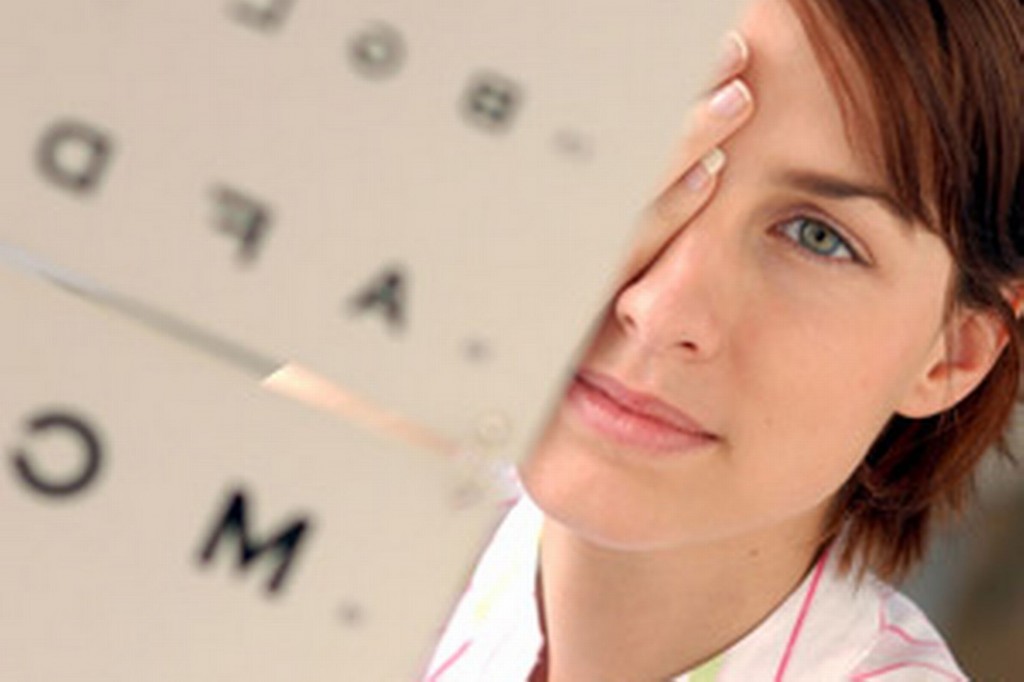 Over 18 years old: If the low vision provider deems you are eligible for driving with bioptic lenses, you should obtain your North Carolina Permit, unless you have a valid driver’s license. You should do this after meeting with the low vision doctor and prior to the driver evaluation. In order to obtain your permit, you will need to pass the written and road sign test at your local DMV office. Your low vision doctor should provide you with the DL 77 form validating that your visual abilities meet state requirements. You will need to provide 2 forms of identification (Social Security Card and original birth certificate are preferable) and will be required to pay a $15 fee. Upon presenting for the permit, the DMV examiner may choose to place you in the DMV medical evaluation program (http://www.ncdot.gov/dmv/driver/medical) and issue a medical report form for your physician to complete.
Over 18 years old: If the low vision provider deems you are eligible for driving with bioptic lenses, you should obtain your North Carolina Permit, unless you have a valid driver’s license. You should do this after meeting with the low vision doctor and prior to the driver evaluation. In order to obtain your permit, you will need to pass the written and road sign test at your local DMV office. Your low vision doctor should provide you with the DL 77 form validating that your visual abilities meet state requirements. You will need to provide 2 forms of identification (Social Security Card and original birth certificate are preferable) and will be required to pay a $15 fee. Upon presenting for the permit, the DMV examiner may choose to place you in the DMV medical evaluation program (http://www.ncdot.gov/dmv/driver/medical) and issue a medical report form for your physician to complete.
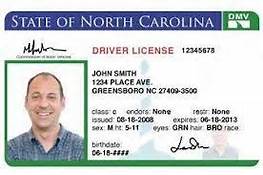 Under 18 years old: In North Carolina, teens under 18 years of age are required to complete 30 hours of classroom driver education and 6 hours of behind the wheel instruction to be eligible to obtain a Driver Permit. Teens must be at least 14 ½ to begin driver education classes. A visually impaired teen must complete the 30 hours of classroom driver’s education but will not be eligible to complete the 6 hours of training through the local driving school. A certificate of classroom completion (form SBTS 611) and the Restricted Instruction Permit (form SBTS-800) will need to be obtained from the local classroom instructor. When the teen is issued the Restricted Instruction Permit during the classroom Driver’s Education, the local DMV examiner may choose to file the teen with the DMV medical evaluation program (http://www.ncdot.gov/dmv/driver/medical) and issue a medical report form for the teen’s physician to complete. The teen can then be referred for a Driver Evaluation with Driver Rehabilitation Services. The Restricted Instruction permit should be transferred from the classroom instructor to this company. Office staff at Driver Rehabilitation Services will aid in this process. Although 6 hours of behind the wheel training is required by law for teens under 18, a low vision teen typically requires 25-40 hours of behind the wheel instruction. A recommended number of training hours will be provided to the teen and their family following a comprehensive evaluation. Upon training completion, the teen will be issued a Certificate of Completion for the behind the wheel instruction (STBS 611A) by this company, thus allowing the teen to obtain their NC driver permit.
Under 18 years old: In North Carolina, teens under 18 years of age are required to complete 30 hours of classroom driver education and 6 hours of behind the wheel instruction to be eligible to obtain a Driver Permit. Teens must be at least 14 ½ to begin driver education classes. A visually impaired teen must complete the 30 hours of classroom driver’s education but will not be eligible to complete the 6 hours of training through the local driving school. A certificate of classroom completion (form SBTS 611) and the Restricted Instruction Permit (form SBTS-800) will need to be obtained from the local classroom instructor. When the teen is issued the Restricted Instruction Permit during the classroom Driver’s Education, the local DMV examiner may choose to file the teen with the DMV medical evaluation program (http://www.ncdot.gov/dmv/driver/medical) and issue a medical report form for the teen’s physician to complete. The teen can then be referred for a Driver Evaluation with Driver Rehabilitation Services. The Restricted Instruction permit should be transferred from the classroom instructor to this company. Office staff at Driver Rehabilitation Services will aid in this process. Although 6 hours of behind the wheel training is required by law for teens under 18, a low vision teen typically requires 25-40 hours of behind the wheel instruction. A recommended number of training hours will be provided to the teen and their family following a comprehensive evaluation. Upon training completion, the teen will be issued a Certificate of Completion for the behind the wheel instruction (STBS 611A) by this company, thus allowing the teen to obtain their NC driver permit.STEP THREE:
Complete a comprehensive assessment with our Occupational Therapist/Certified Driver Rehabilitation Specialist to determine medical fitness, functional status, and use of visual skills through the carrier lens, prior to obtaining the Bioptic Telescopic Lens System.PRIOR to receiving your bioptic lens, you should complete a driver evaluation to assess readiness for driving. Supporting documentation from the low vision provider including but not limited to the following should be provided prior to scheduling an evaluation. This examination must have been completed within 6 months or less prior to the driver evaluation.
 - Copy of DL 77 form
- Copy of DL 77 form- Visual acuity through carrier lens
- Power of telescope and acuity achieved through telescope
- Eye dominance
- Visual Field test results (central and peripheral fields)
- Contrast Sensitivity test results
- Color vision test results
- Any additional information regarding diagnosis, need for filters, eccentric viewing pattern, etc.
A list of your current medications should be provided at the evaluation.
The driver evaluation with the occupational therapist will include a clinical evaluation assessment of physical, cognitive and visual skills to assure that all necessary skills for vehicle operation are sufficient.
The evaluation will also include a behind the wheel passenger and/or driver assessment without the bioptic lens to assess visual lead time (being able to cast vision down the road), and basic vehicle operational ability. This assessment will look at the use of the client’s vision without bioptics when in a moving vehicle as 90% of visual decisions are made through the carrier lens. Visual lead time without the bioptic is critical to safe driving outcomes.
An assessment concludes with recommendations regarding:
1. Potential to become a licensed driver with the use of a bioptic lens.
2. Recommendation to return to the low vision provider for a prescription and purchase of a bioptic lens.
3. Treatment plan for further optimization of the bioptic and for driver training. You may be provided with assignments to achieve optimal use of the bioptic prior to starting behind the wheel training. A comprehensive review of exercises and skills will be provided for you to work on. If you have access to a low vision therapist, further bioptic training use should continue under their instruction.
4. Further assessment may be recommended to assure that you are using your bioptic sufficiently prior to driver training.
5. Recommended hours for behind the wheel training to include driving with vision directed through the carrier lens and for instruction on safe use of the bioptic
6. Counsel regarding any other needs such as filters to aid with glare or tinted lenses if there is loss of color vision
2. Recommendation to return to the low vision provider for a prescription and purchase of a bioptic lens.
3. Treatment plan for further optimization of the bioptic and for driver training. You may be provided with assignments to achieve optimal use of the bioptic prior to starting behind the wheel training. A comprehensive review of exercises and skills will be provided for you to work on. If you have access to a low vision therapist, further bioptic training use should continue under their instruction.
4. Further assessment may be recommended to assure that you are using your bioptic sufficiently prior to driver training.
5. Recommended hours for behind the wheel training to include driving with vision directed through the carrier lens and for instruction on safe use of the bioptic
6. Counsel regarding any other needs such as filters to aid with glare or tinted lenses if there is loss of color vision
STEP FOUR:
Obtain Bioptic Telescopic Lens System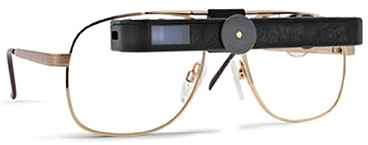 A copy of your driver evaluation will be sent to the client and to the low vision doctor who can now prescribe the bioptic lens. The client should review the results of the driver evaluation and decide if he/she wishes to continue the process. An estimate of training expenses will be provided to the client based on recommendations from the driver evaluation. The client should arrange for a visual examination for the purpose of obtaining the bioptic lenses if he/she wishes to proceed.
A copy of your driver evaluation will be sent to the client and to the low vision doctor who can now prescribe the bioptic lens. The client should review the results of the driver evaluation and decide if he/she wishes to continue the process. An estimate of training expenses will be provided to the client based on recommendations from the driver evaluation. The client should arrange for a visual examination for the purpose of obtaining the bioptic lenses if he/she wishes to proceed.
The low vision doctor can also address any other concerns that were identified during the driver evaluation.
The low vision doctor should retest all visual skills outlined above if it has been more than 4 months since last seen as the vision information must be no more than 6 months when initiating driver training.
The doctor will refer you to a low vision rehabilitation specialist/Occupational Therapist to complete pre-driver training with the use of the bioptic lens. This pre-driver training can also be completed with the occupational therapist with Driver Rehabilitation Services if a local provider is not available. If the low vision doctor believes you can train yourself, you will be provided with a packet of home exercises to aid you in accomplishing your training goals.
STEP FIVE:
Pre-Driver Training and Daily use of Bioptic Telescopic Lens SystemPractice daily use of the bioptic lens system during everyday tasks. This is impobioptic lense practicertant even if you anticipate use of the bioptics only for driving in the future. Using the bioptics as a passenger in a motor vehicle is recommended.
Complete pre-driving exercises provided by the low vision doctor or therapist. These exercises should include using the bioptic to:
a) spot stationary targets
b) spot moving objects
c) spot stationary targets while you are moving
d) spot moving targets while you are moving.
b) spot moving objects
c) spot stationary targets while you are moving
d) spot moving targets while you are moving.
You must be able to spot the desired target while looking in the bioptic and still be aware of your peripheral vision. This is called visual multiplexing and is critical for safety behind the wheel.
Once the low vision therapist or doctor believes you are proficiently using the bioptic, you will be referred back for driver training.
STEP SIX:
Completion of driver training to become proficient in the use of the bioptic lens for driving.The final step is driver training. This specialized behind the wheel training will include teaching sufficient use of the bioptic for driving in a variety of environments.
Clients over 18 should assure that their permit is still valid prior to scheduling training. If it has expired, they must renew it.
All training will be completed in the Driver Rehabilitation Services vehicle which as state required dual brakes, extra mirrors, and safety signage.
Training can include GPS usage for applicable clients.
Training occurs at the location of Driver Rehabilitation Services. If the client needs assistance with locating lodging, this company can aid in providing suggestions.
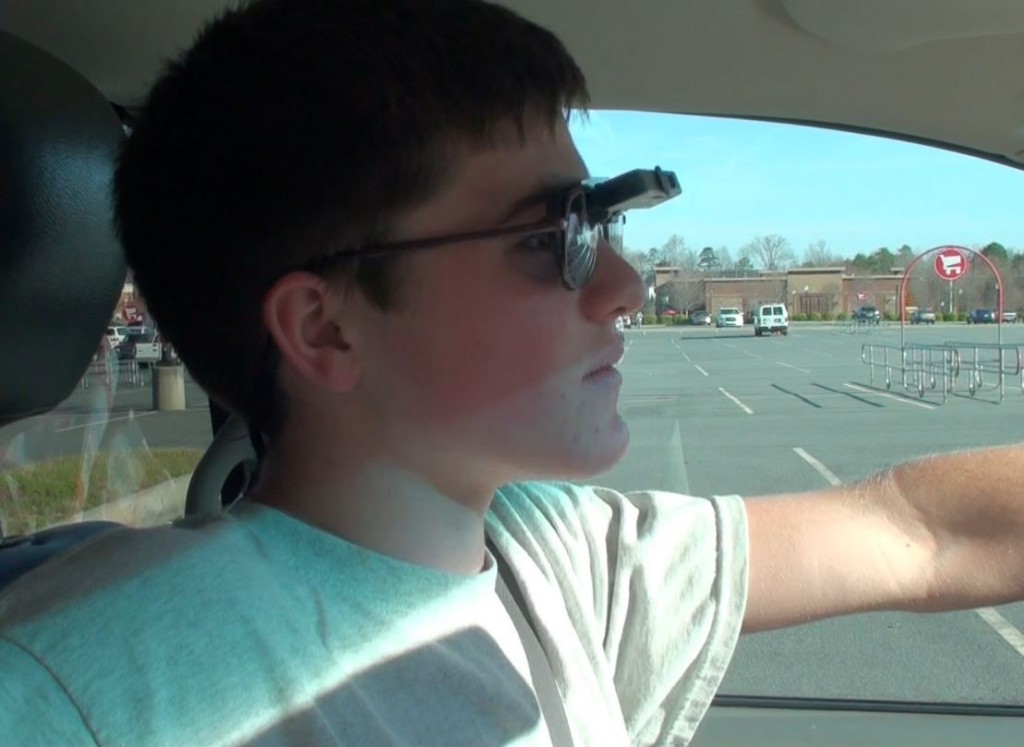 Prior to completion of training, the client is required to participate and pass a 40 mile, 80 minute in length on-road assessment, consisting of a variety of roadways, driving environments, and traffic volumes. Training will aid you in preparation of skills required for the DMV road test. If you are over 18, training will include taking you to the DMV in your vehicle to obtain your license with the restriction of bioptic lenses. If you are under 18, training will include helping you and your parent understand how to best progress your driving skills such that you can obtain a limited learner permit at the DMV and continue practicing with a supervising driver while you log the state required hours of driving under the NC graduated licensing process.
Prior to completion of training, the client is required to participate and pass a 40 mile, 80 minute in length on-road assessment, consisting of a variety of roadways, driving environments, and traffic volumes. Training will aid you in preparation of skills required for the DMV road test. If you are over 18, training will include taking you to the DMV in your vehicle to obtain your license with the restriction of bioptic lenses. If you are under 18, training will include helping you and your parent understand how to best progress your driving skills such that you can obtain a limited learner permit at the DMV and continue practicing with a supervising driver while you log the state required hours of driving under the NC graduated licensing process.
For clients obtaining a license, you will be required to show your permit for proof of identification, pass the DMV road test and pay $32 in order to be issued your North Carolina Driver License.
Upon presenting for the road test, the DMV examiner may choose to place the individual in the DMV medical evaluation program (http://www.ncdot.gov/dmv/driver/medical) if this was not previously completed and issue a medical report form for the client’s physician to complete.
The following NC Restrictions for Driving with a Bioptic will be applicable:
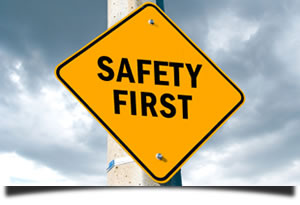 1. Not eligible for any endorsements
1. Not eligible for any endorsements2. Can drive one-half hour after sunrise and one-half hour before sunset (daytime only).
3. Driving after sunset and before sunrise (night driving) is permitted if the person demonstrates a visual acuity of at least 20/40 with the bioptic telescopic lenses and without the use of field expanders and provides a report of examination by the low vision doctor indicating that their vision is sufficient for night driving. The low vision doctor may require a night driving evaluation with the occupational therapist prior to endorsing night driving. This company recommends at least 1 year of crash free daytime driving prior to endorsing night driving.
4. Other restrictions may be applied such as:
- Restricted miles of home
- 45 mph/no interstate
- Adaptive Equipment restrictions if comorbidities
- 45 mph/no interstate
- Adaptive Equipment restrictions if comorbidities
STEP SEVEN:
Ongoing Driver ResponsibilitiesThe low vision driver should commit to the following responsibilities to protect themselves and the public:
Annual vision re-examinations by the low vision provider
Adherence to driving restrictions
Self-report and discussion with driver rehabilitation specialist of any vehicle accidents or crashes (fault or not-at-fault) that may occur to best decipher if visual impairments contributed. Follow up with refresher course if deemed beneficial.
Complete any DMV paperwork requested throughout driving career.
Click here to access steps in downloadable format.

